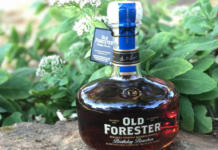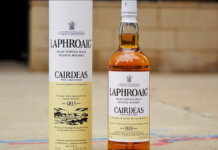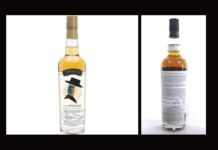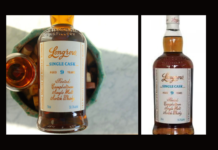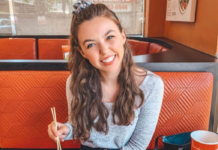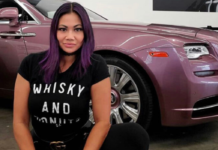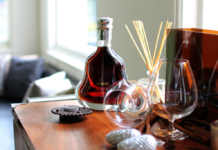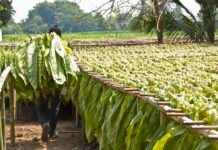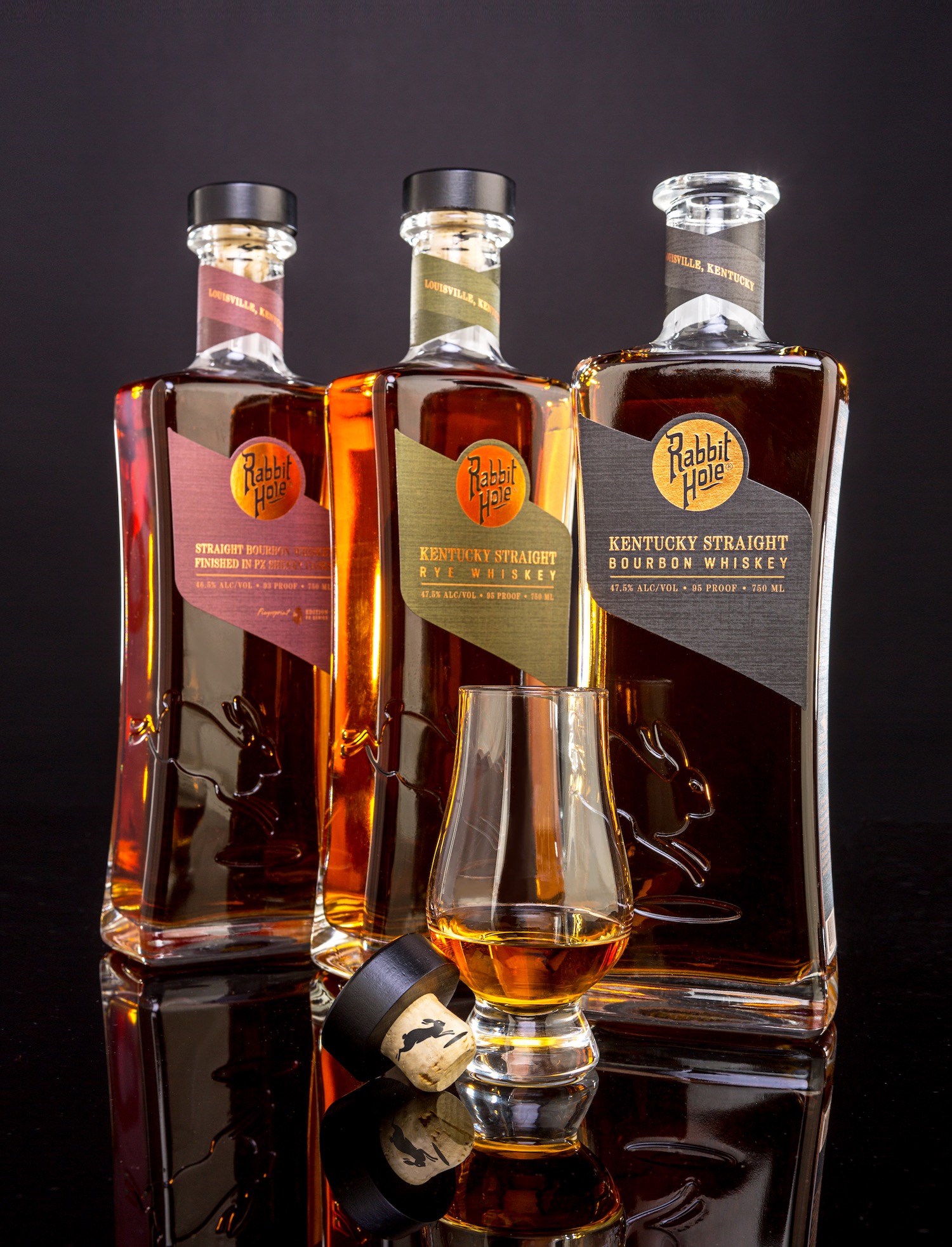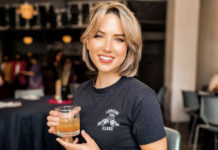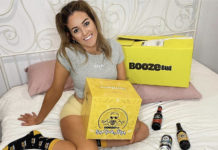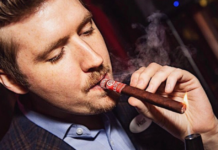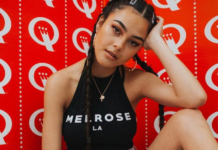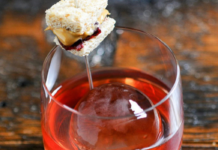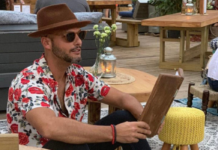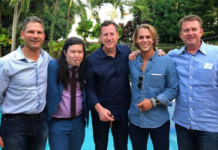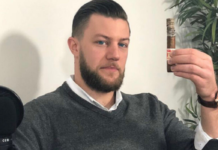We had the opportunity to speak to Master Distiller Cameron Talley of the Rabbit Hole Distilling. He took us on the journey of what it takes to make great Whiskey.
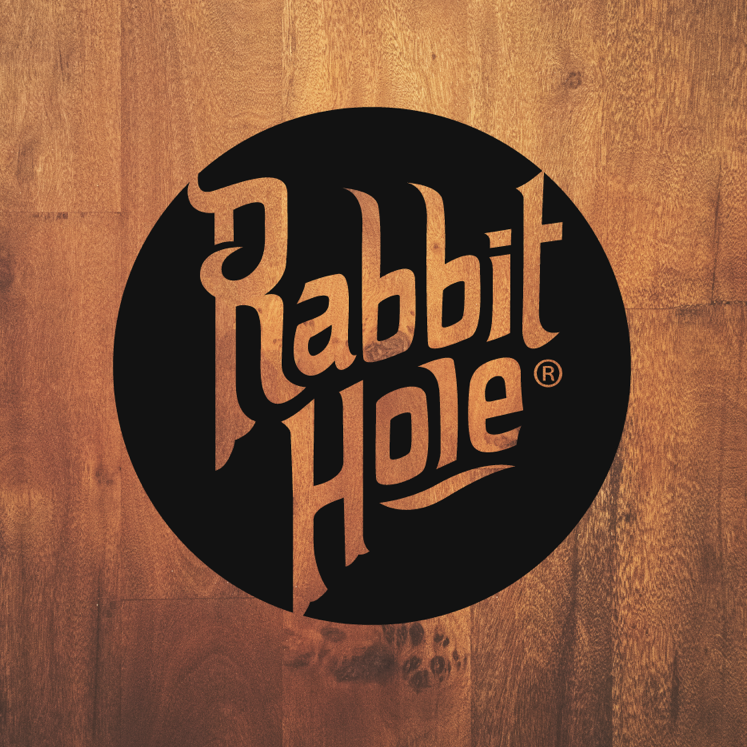 Cameron Talley, tell us about your career history until now. What were you doing before you got involved in Rabbit Hole Distilling.
Cameron Talley, tell us about your career history until now. What were you doing before you got involved in Rabbit Hole Distilling.
CT: I am a Louisville native and have a Master’s Degree in Chemical Engineering from the University of Louisville. Before Rabbit Hole, I worked for some of the largest spirit producers in the world; Pernod Ricard, Campari, and Brown-Forman. At Campari’s Wild Turkey Distillery, I was a distillery supervisor, warehousing and maturation supervisor, and processing manager. At Brown-Forman, I was the production manager for the Old Forester/Early Times Distillery.
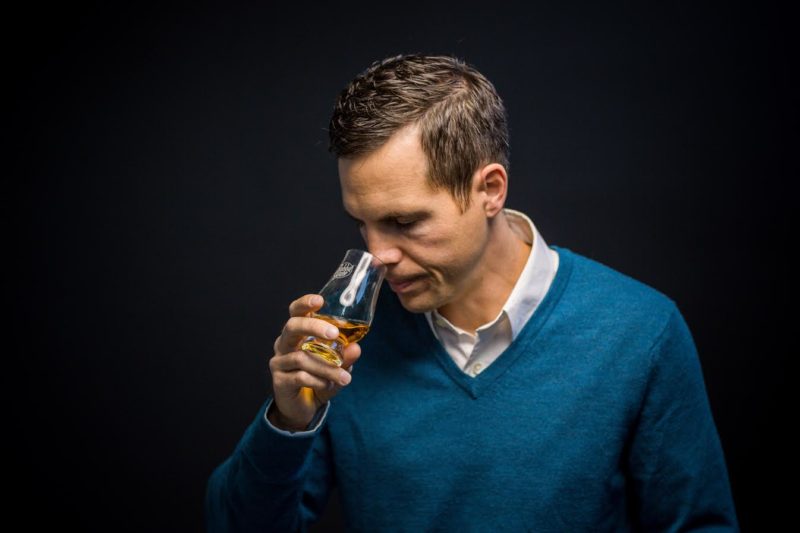 That’s quite a career. What is the history of the Rabbit Hole Distilling.
That’s quite a career. What is the history of the Rabbit Hole Distilling.
CT: Rabbit Hole began in 2012. Our Founder Kaveh Zamanian, a psychologist and psychoanalyst in practice for 24 years, decided to pursue his dream of starting a craft distillery. After several years of research and consultation with industry experts, like Larry Ebersold, he settled on the unique mash bills that set Rabbit Hole whiskies apart.
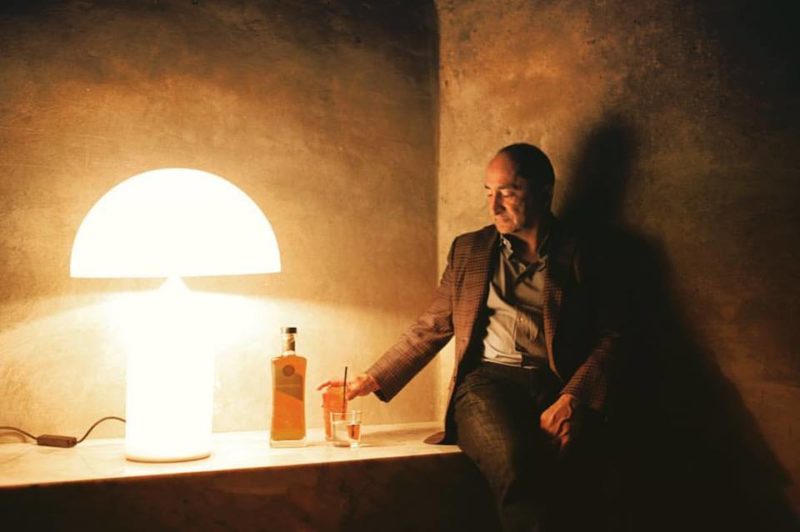 What attributes and skills do you think are important for a master distiller to posses?
What attributes and skills do you think are important for a master distiller to posses?
CT: I think there is some confusion by the consumer and the spirits industry of the portrayal of a master distiller because there is no set of criteria, and the term means different things to different distilleries/brands. There are Master Distillers and Master Blenders and I think both get lumped together sometimes.
I think a Master Distiller is someone who has worked and trained with an industry-recognized Master Distiller like Jimmy & Eddie Russell of Wild Turkey, or Larry Ebersold of Seagram’s. They should also have managed production in the distillery, warehousing, blending and bottling, as well as quality control.
I also think a Chemical Engineering background provides a great foundation for understanding distillation and allows the ability to design equipment and process flows. There is also the marketing and branding aspect of the job which everyone is fully aware of. The many aspects of this job make for a very interesting set of skills.
Can you give us an idea of a typical day for you at Rabbit Hole Distilling?
CT: There is no such thing as a typical day right now! I spend my time overseeing the distillery construction and the manufacturing/layout of our distillery equipment. Since we contract distill our mashbills currently, I also spend time overseeing production and quality control. I visit the rick house regularly to pull samples and taste the progress of our whiskey maturation. Each day is unique.
What challenges did you see when you began distilling whiskey (if any).
CT: Where do I start? I think people most only see the end product of making and consuming whiskey, and have this nostalgic idea of everyone sitting around a still relaxing and imbibing.
Don’t get me wrong, I would not have stayed in this profession for almost a decade now if I did not enjoy what I am doing, but it is a lot of hard work and long hours especially trying to launch a new distillery and brand.
Whenever you start a new distillery, you have to consider everything from mineral quality and content of the water, micron size and quality of the ground grain, pot still vs column, yeast strain, byproduct removal, permits and governmental compliance, equipment sizing and layout, process piping and sanitation, the list goes on and on.
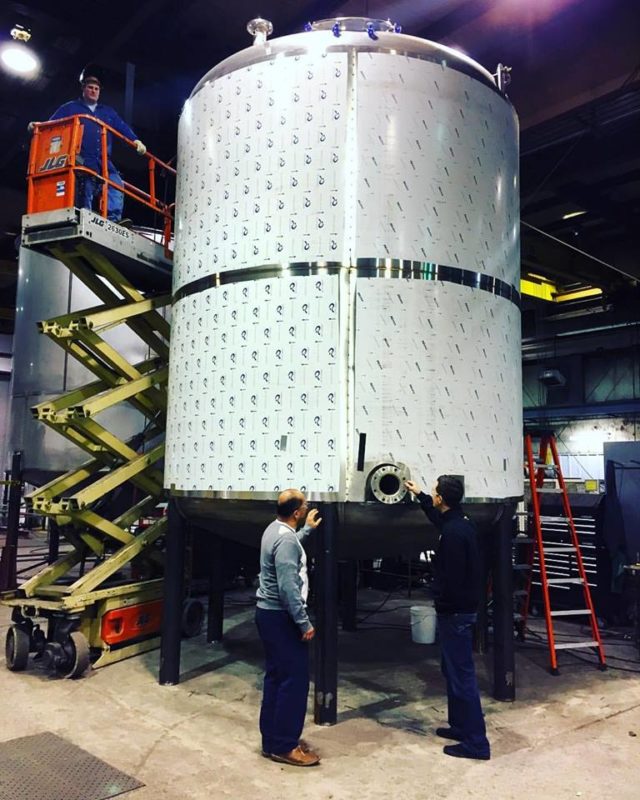 What expressions do you currently produce? How do you stand out in this craft distillery american whiskey market.
What expressions do you currently produce? How do you stand out in this craft distillery american whiskey market.
CT: We currently produce a Kentucky Straight Bourbon, a Kentucky Straight Rye and a Bourbon Finished in PX Sherry Casks.
We have a High Malted Rye Bourbon and a Gin Finished in Rye Barrels in production, but they are not quite ready for release. Rabbit Hole stands out because of our unique mash bills and barrels. The Bourbon is a Four Grain Bourbon, 70% corn, 10% malted wheat, 10% malted barley and 10% honey malt. The addition of the 4th grain, as well as the heavily malted grains, creates a really distinct flavor profile. It is incredibly rich and smooth.
Our Rye Whiskey is 95% Rye and we have particular way we cook the grain to retain a lot of the flavor and provide floral notes. The barrels we use are a #3 char that are charred using a wood fire flame as opposed to a gas (propane) flame. The slower burn of the wood does a better job of caramelizing the sugar in the wood.
What sort of flavor effects does your yeast produce on the wash? How did you decide on the strain?
CT: We use a proprietary strain of yeast that provides a good balance of congeners that are high enough in concentration to provide a rich taste, but not overwhelm your taste buds with fusel oils.
Cameron, can you walk us through your distillation process. From the grain to the bottle.
CT: We assess the grain before we receive into the silo to ensure it is within spec. Once received, the grain is conveyed to the roller mills where it is ground to a particular micron size for mashing. The grain is then weighed and conveyed to the cooker where water and setback are already waiting. The grains are added at certain temperatures and cooked. The mash is then cooled and sent to the Fermenters where it is inoculated with yeast and fermented for 3-5 days.
After that, it is pumped to the beer well and fed to the distillation column and then the doubler. At this point the distillate is cut with RO water to barrel entry proof and dispensed into a barrel for aging. Once the whiskey is mature, it is dumped and the char is filtered before it is cut to bottling proof and bottled.
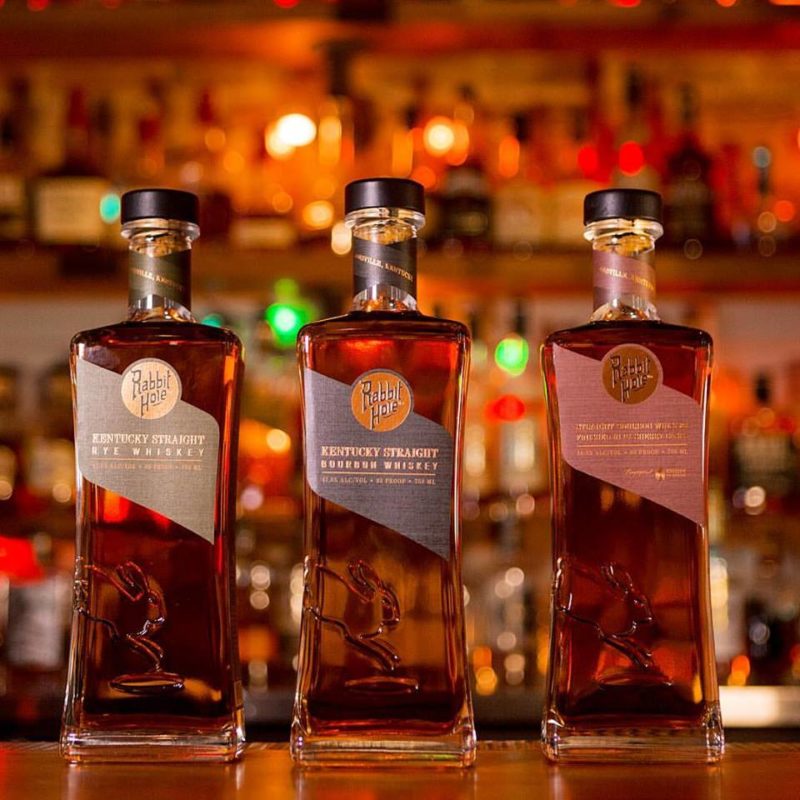 How important to your distillery is it to be able to produce affordable whiskey of quality?
How important to your distillery is it to be able to produce affordable whiskey of quality?
CT: Quality is key for us. We taste each lot of distillate and rate accordingly to ensure quality. We use more heavily malted grains than other producers which is a more expensive mash bill, but think it is worth the additional grain cost, as well as exclusively using Kelvin Cooperage barrels. We aren’t sourcing from Indiana or Tennessee and then labeling the product as our own. We have crafted our Bourbon and our Rye from grain to glass, which is a huge difference in our brand.
Let’s get a bit personal. Do you remember your first dram? Do you currently have a favorite whiskey not including your own?
CT: I don’t remember my first dram, but I do remember my first day of work in the industry and tasting a dram with Larry Ebersold. I was fresh out of college and pretty nervous and he was showing me around the Seagrams distillery in Lawrenceburg, Indiana, now known as MGP. We were tasting the mash in the cooker and fermenters by dipping our finger into the vessels and sampling. He brought me into the lab to taste some Rye whiskey distillate in a Glen Cairn glass. Without thinking, I proceeded with the same method of dipping my finger into the glass to taste. He looked at me bewildered and told me just drink it out the glass. At the time I was a little embarrassed, but looking back on it, I laugh about it now.
That’s a pretty funny story Cameron. On that note, where do you see your distillery 5 years from now?
CT: I see our distillery as being one of the major stops on the bourbon trail here in Louisville, KY. Our distillery design, architecture, and product set us apart from a lot of the traditional distilleries.





